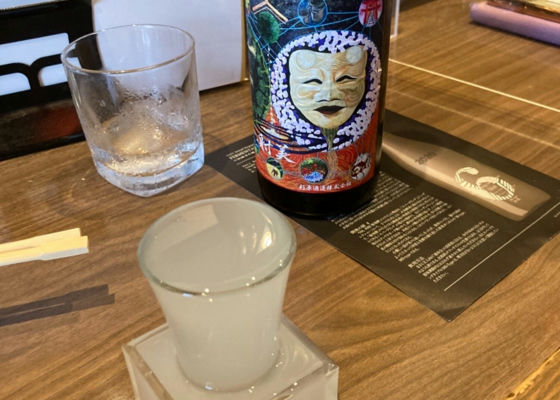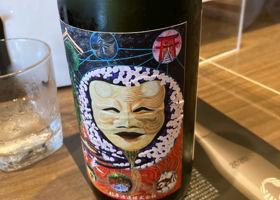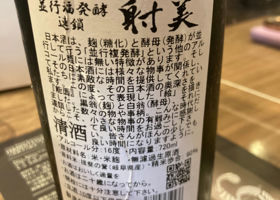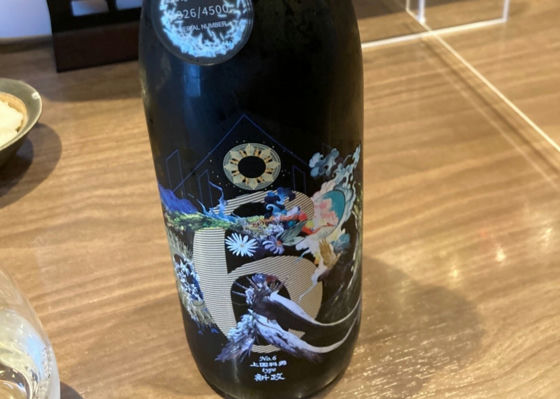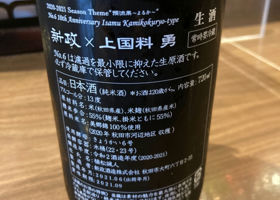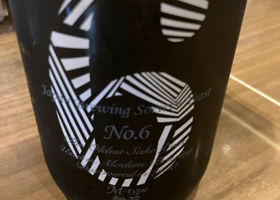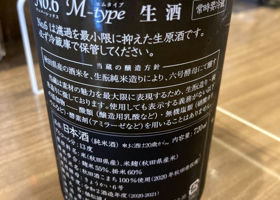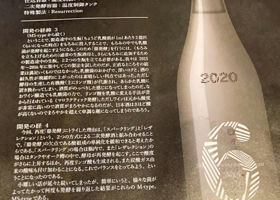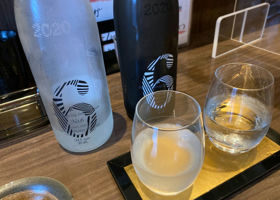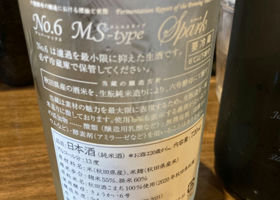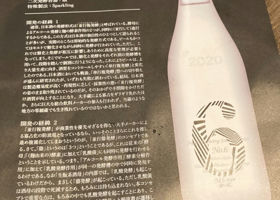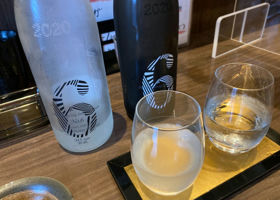Timeline
ばびparallel fermentation chain
After reading about parallel double fermentation in the explanation of the new politics.
I thought this was timely.
Well, all sake is the same.
But the fact that it focuses on this
Koji's saccharification is called Kuro-o
The fermentation of yeast is expressed
in the Noh mask.
The taste is sweet and delicious.
I'm glad I drank it.
The Noh mask is a little scary, but the taste is gentle.
It's hard to find.
You should drink it when you see it
16% alcohol by volume
Ibi no Homare 100%.
Rice polishing ratio 60%. ばび10th Anniversary Commemorative Sake
Kamikokuryou Isamu type
Collaboration with the person who was in charge of art designer and director after FF10.
I saw it on the shop's Instagram and rushed over!
I don't think it tastes much different from the regular No.6, but
But if you think about the scarcity, you can't help but pay 1500 yen for half a bottle.
I think I should have compared it with other No.6.
I'd like to hear other people's impressions.
Compared to MS and M, this one is more gentle
I can't argue with the fact that it's tasty.
Alcohol content 13 degrees
Rice polishing ratio 55% (both koji rice and kake rice)
100% Misato Nishiki ばびM-type is milder than MS.
I'd like to try the Hanpukai sake because of its rarity.
It's fun to read the description of the purpose of the experiment
Fermentation and saccharification proceed simultaneously.
and fermentation at the same time, and it is difficult to control.
It is difficult to control the fermentation of lactic acid bacteria.
It is difficult to control.
It's a more complicated process that the big companies can't imitate.
We have to learn how to control it.
You're doing it strategically. ばびMS and M drinking comparison
The basic taste is No.6
MS is sparkling.
It is lightly muddled with sourness and carbonation.
M type is more mellow.
Rice polishing ratio: 55% koji rice, 60% kake rice
Alcohol content 13 degrees RecommendedContentsSectionView.title
